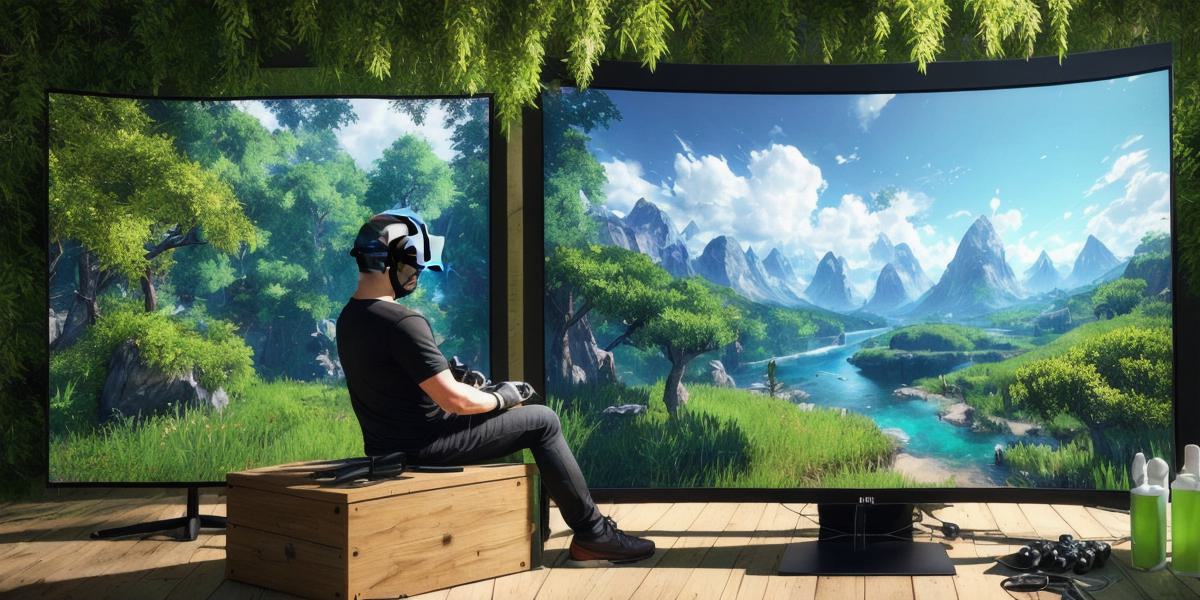Unity, a popular game engine, has become an essential tool for creating engaging and immersive gaming experiences. With its vast collection of tools and assets, developers can easily bring their creative visions to life and captivate audiences with high-quality graphics and interactive gameplay. In this article, we will explore how Unity game developers create immersive gaming experiences and the strategies they use to engage players for extended periods.
Immersive Gaming: The Key to Engagement
Immersive gaming is all about creating an atmosphere that draws players into the game world and keeps them engaged for as long as possible. This can be achieved through a combination of stunning graphics, engaging storytelling, and interactive gameplay mechanics. To create immersive gaming experiences, Unity developers must first understand their target audience and the types of games they enjoy playing.

Graphics and Audio: The Foundation of Immersive Gaming
The visuals and audio in a game are critical to creating an immersive experience. Developers must use high-quality graphics and sound effects to create a realistic and engaging atmosphere. Unity’s built-in tools for creating 3D models, textures, and animations make it easy for developers to create stunning visuals and bring their games to life. Additionally, Unity’s audio engine allows developers to add high-quality sound effects, music, and voice acting to their games, further enhancing the immersive experience.
Storytelling: The Heart of Immersive Gaming
A strong story is essential for creating an immersive gaming experience. Developers must create a compelling narrative that draws players into the game world and keeps them engaged throughout the journey. Unity’s scripting capabilities make it easy for developers to create complex narratives and add interactive elements to their games, such as choices that affect the outcome of the story. Additionally, developers can use Unity’s built-in tools for creating cutscenes and cinematics to create memorable moments that leave a lasting impression on players.
Interactive Gameplay: The Key to Player Retention
Interactive gameplay is essential for keeping players engaged and coming back for more. Developers must create games that allow players to interact with the game world in meaningful ways, whether it’s through puzzles, combat, or exploration. Unity’s built-in physics engine makes it easy for developers to create realistic and engaging gameplay mechanics, while its support for scripting allows for complex interactions between characters and the environment. Additionally, Unity’s support for multiplayer and online gaming makes it easy for developers to create games that can be played by people around the world, further enhancing player engagement.
Case Study: “The Last of Us”
One of the most immersive gaming experiences of recent years is "The Last of Us," a post-apocalyptic action game developed by Naughty Dog using Unity. The game’s stunning graphics, engaging storytelling, and interactive gameplay mechanics have made it one of the most highly regarded games of all time. In "The Last of Us," players take on the role of a young girl named Ellie as she navigates a post-apocalyptic world filled with danger and uncertainty. The game’s emotional storytelling, memorable characters, and intense combat sequences have kept players engaged for hundreds of hours, making it a prime example of how Unity can be used to create immersive gaming experiences.




